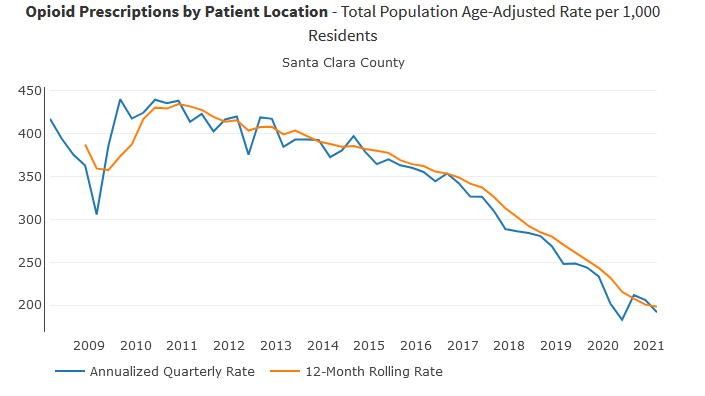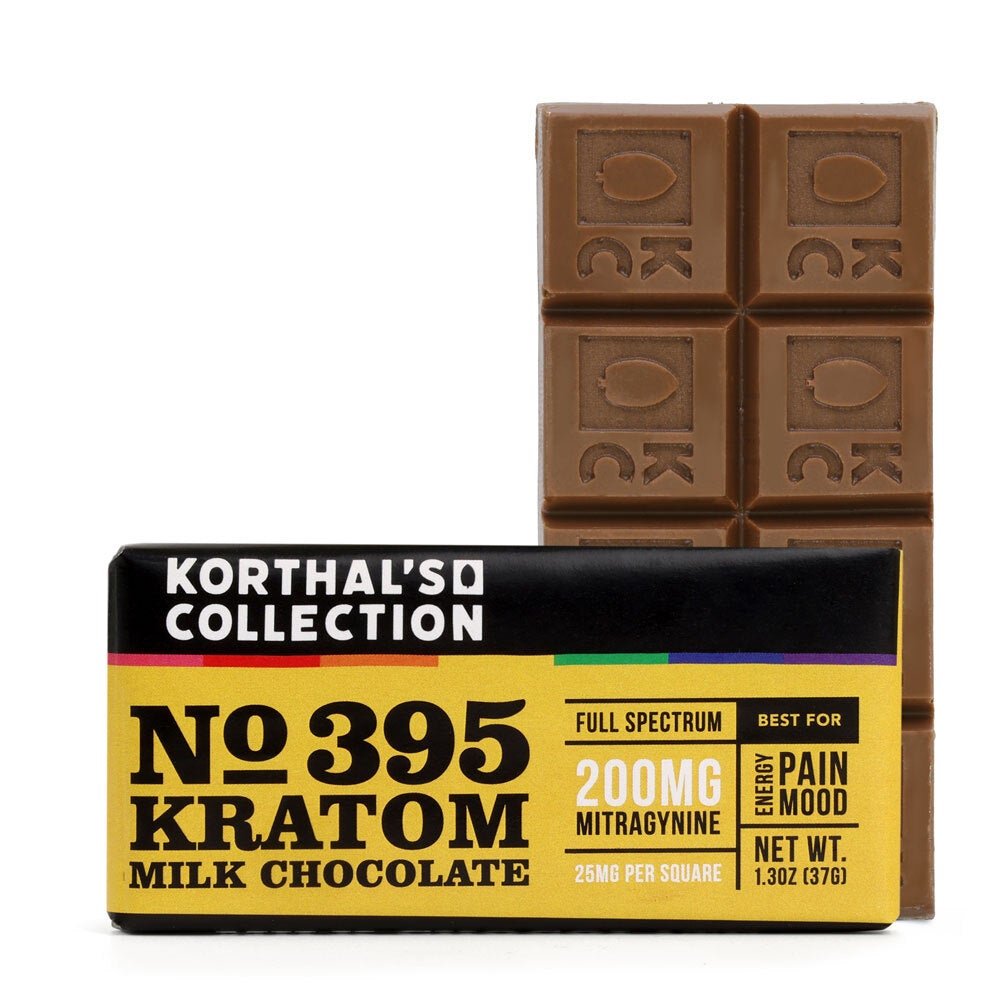Covid Made Healthcare Even More Difficult for People with Chronic Illness
/By Roger Chriss, PNN Columnist
As the U.S. enters its third year of the pandemic, Covid is changing chronic illness care in important ways. Not only is long Covid being recognized as a new chronic illness, but the pandemic’s impact on hospitals, drugs and medical supplies, and everyday life for people with chronic illnesses is growing.
The CDC recognized the problem last year. Not only are people with chronic illnesses like diabetes, heart disease, chronic obstructive pulmonary disease (COPD) and kidney disease at greater risk of severe illness from Covid-19, the CDC says the pandemic has “raised concerns about safely accessing health care and has reduced the ability to prevent or control chronic disease.”
Hospitals have repeatedly had to delay routine care in the past two years. As hospitals run short on staff and beds, people whose medical conditions require regular care are struggling to keep appointments. NBC News reported last month that “prolonged lack of access to medical care because of Covid surges is having an outsize effect on patient care.”
The American College of Surgeons is warning that delayed elective surgeries “can lead to more complicated operations and longer recovery times because disease can progress during the delay.” Moreover, delays in cancer screening can lead to further progression of the disease and more complex surgeries.
Recently the American Red Cross put out an urgent call for blood donors because the pandemic and winter weather have combined to force the cancellation of hundreds of blood drives, creating the worst blood shortage in over decade. The “blood crisis” is so severe that doctors have to decide which patients will get blood transfusions and who will have to wait.
The pandemic has also impacted the drug supply for chronic illness. False claims about hydroxychloroquine being an effective treatment for Covid in early 2020 led to shortages for people with lupus and other autoimmune disorders who need the drug, which took many months to correct. In 2021, claims the anti-parasitic drug ivermectin could also treat Covid led to shortages.
Now in early 2022 the antibody drug Evusheld, which can help protect immunosuppressed people against COVID-19, is in short supply. NPR reported Evusheld is so hard to get that some hospitals are selecting patients by lottery.
Medical supplies are still difficult to find. While some people protest any form of mandatory face covering, masks have been a way of life for immunocompromised people for many years. A high-quality mask like a N95 can literally save lives, and such masks are still in short supply. The same for nitrile gloves and other simple medical supplies that may be essential for at-home care.
Covid is also impacting everyday life. People with chronic illness, in particular those with compromised immune systems, do not have the luxury of being “done with Covid.” The ongoing presence of a viral pathogen will limit them for the foreseeable future. Even when the omicron Covid surge starts to wane, they will need to keep using high-quality masks, weighing risks when going out, and tracking possible exposure.
"There is a casual acceptance that the pandemic will turn into something endemic, an inevitability that ‘everyone’ will get COVID eventually,” disability rights advocate Alice Wong told NPR. “Leaders, medical professionals and public health experts have said something along those lines with zero acknowledgement that people will still die and those deaths will be disproportionately from high-risk groups.”
It has become trite to say that Covid mostly affects people with “comorbidities.” It’s important to note that comorbidities are found in the vast majority of people over 30, and that chronic illness is a fact of life for some people that cannot be cured. Covid impacts their lives in significant ways. Hopefully, public health officials can come up with new approaches that don’t require the chronically ill to risk more and endure more as the rest of the country tries to get back to normal.
Roger Chriss lives with Ehlers Danlos syndrome and is a proud member of the Ehlers-Danlos Society. Roger is a technical consultant in Washington state, where he specializes in mathematics and research.












